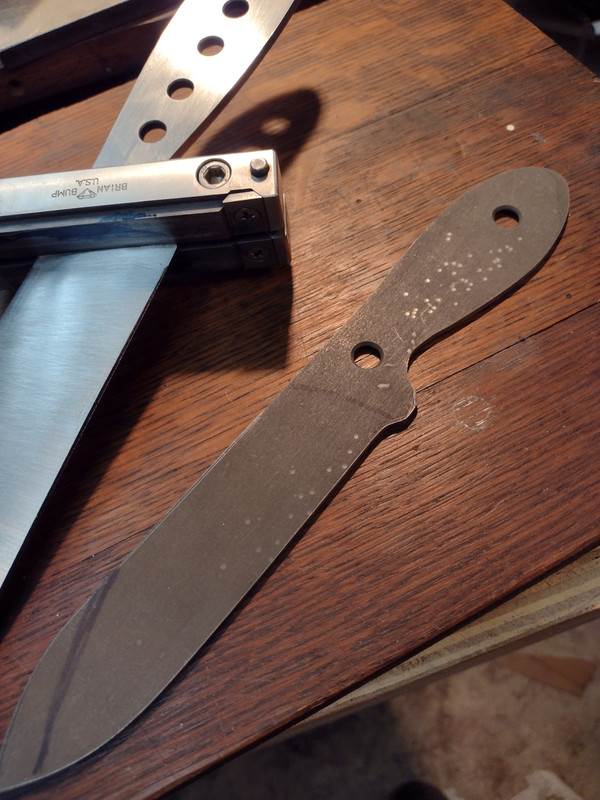- Joined
- Nov 14, 2018
- Messages
- 180
Hi all I purchased a carbide straightening hammer recently and have been trying to use it but have had little success in straightening warped AEL steel. I am wondering if the reason why it’s not working is I am not hitting against an anvil but a piece of wood would the wood absorb the energy needed for the straightening ? Would it be worth it for me to buy a very inexpensive anvil to hit against to help with straightening hope this makes sense thanks for everyone who comments!

